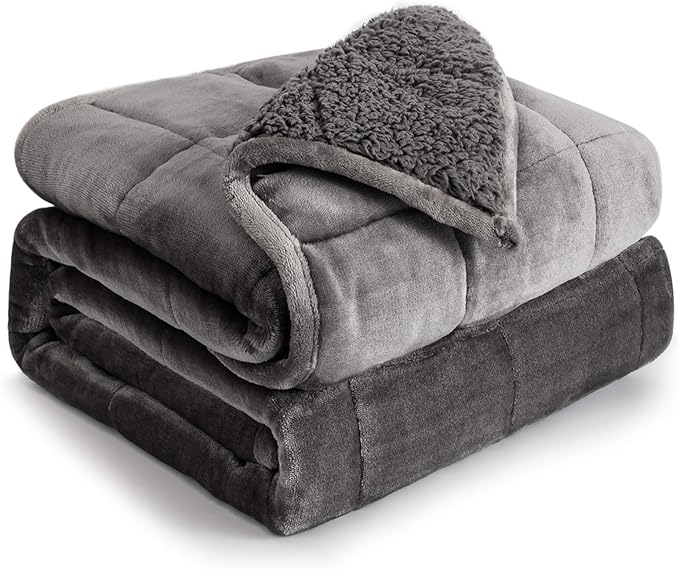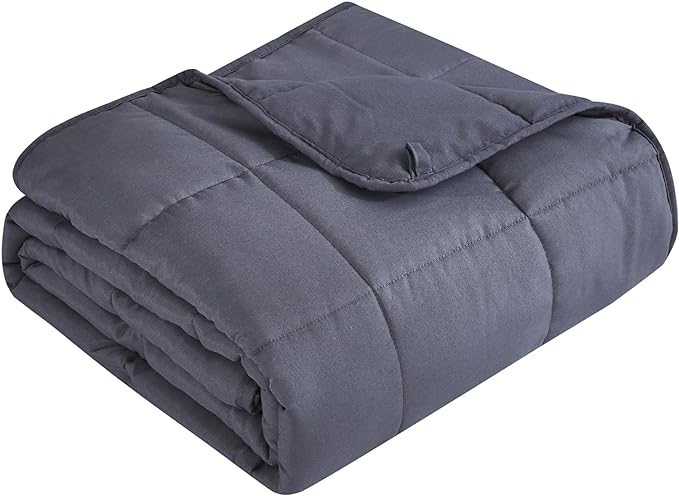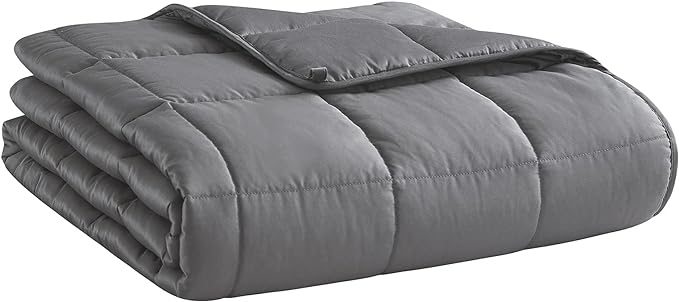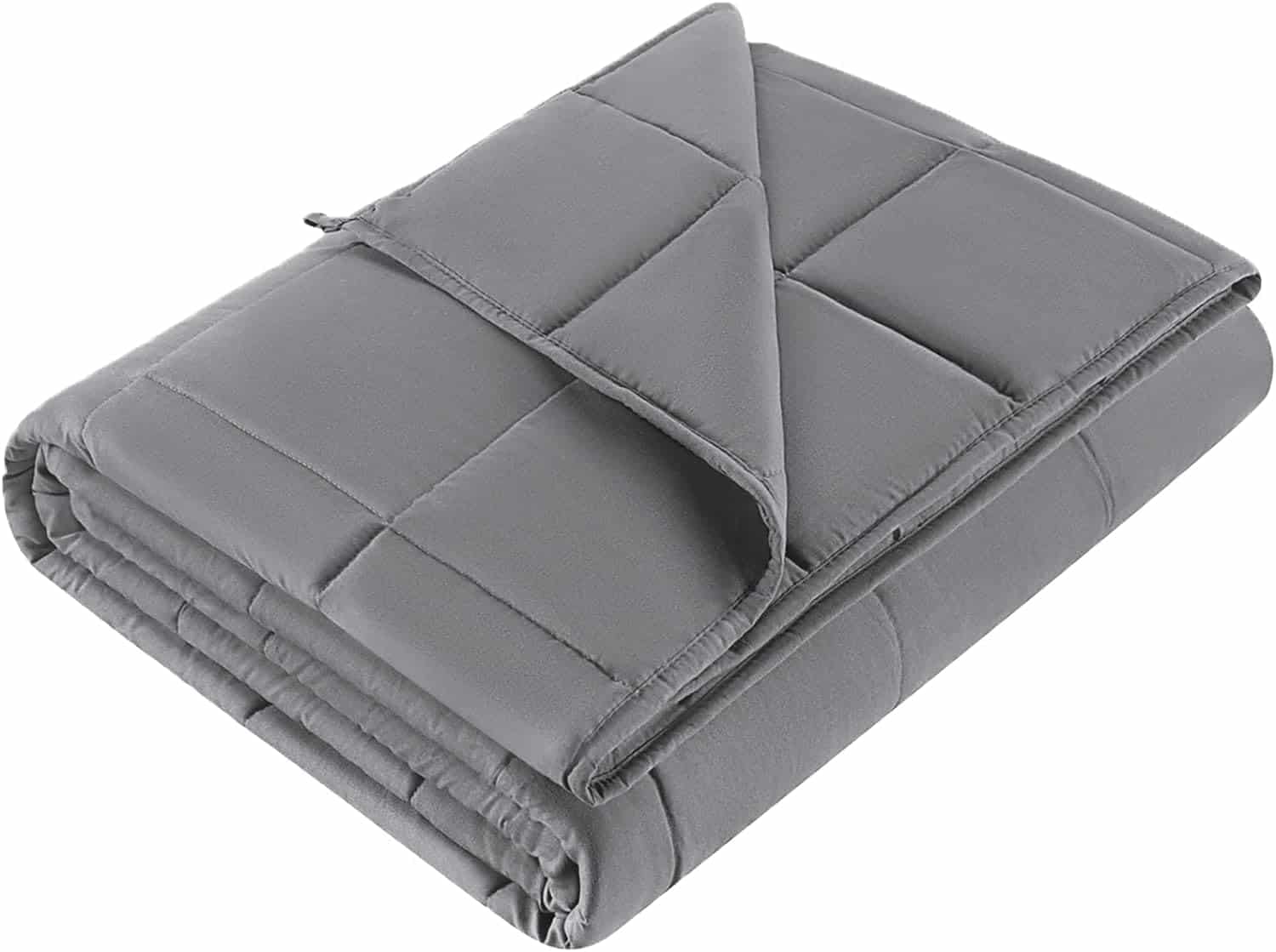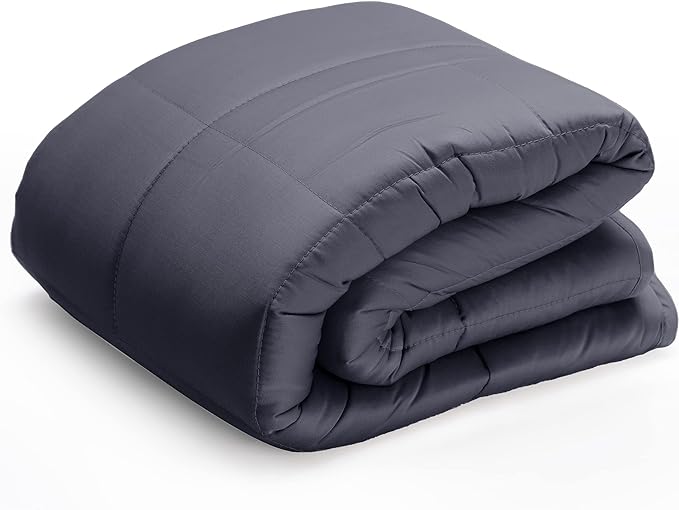
Autism spectrum disorder (ASD) is a complex neurodevelopmental condition that affects millions of individuals worldwide. Many people with autism face challenges related to sensory processing, anxiety, and sleep disturbances. In recent years, weighted blankets have emerged as a supportive tool to help individuals with autism cope with these challenges and improve their overall well-being. In this guide, we’ll explore how weighted blankets can provide comfort and relief for those on the autism spectrum.
Contents
Understanding Sensory Processing in Autism
**Individuals with autism often experience heightened sensitivities to sensory stimuli. Common sensory challenges can include:
- Hypersensitivity: Overreacting to sensory input, such as sounds, lights, or textures.
- Hyposensitivity: Underreacting to sensory input, leading to a need for increased stimulation.
These sensory challenges can contribute to anxiety, stress, and difficulty falling asleep or staying asleep. Weighted blankets address these issues by providing deep pressure stimulation (DPS), which can help regulate sensory processing and create a calming effect.**
The Benefits of Weighted Blankets for Autism
**1. Calming Effect: The gentle, evenly distributed weight of a weighted blanket can provide a sense of security and reduce anxiety and restlessness.
**2. Improved Sleep: Many individuals with autism struggle with sleep disturbances. Weighted blankets can help improve sleep quality by promoting relaxation and reducing sensory sensitivity.
**3. Reduced Meltdowns: Sensory overload can lead to meltdowns. Using a weighted blanket as part of a sensory toolkit can help prevent and manage meltdowns.
**4. Enhanced Focus: Some individuals with autism find it easier to concentrate and focus when using a weighted blanket, especially during tasks that require sustained attention.
Choosing the Right Weighted Blanket
When selecting a weighted blanket for someone with autism, consider the following factors:
- Weight: Aim for a blanket that is around 10% of the individual’s body weight.
- Size: Choose an appropriate size that fits the bed or individual’s needs.
- Material: Opt for a comfortable and breathable material that suits sensory preferences.
- Filler Material: Glass beads are often preferred for their even weight distribution and noiseless properties.
- Design: Select a blanket with a stitching pattern that prevents bead bunching and ensures comfort.
Safety Considerations
While weighted blankets can be highly beneficial, it’s essential to use them safely. Ensure that the individual using the blanket can independently remove it when needed to prevent overheating or discomfort. Always consult with a healthcare professional or occupational therapist for personalized guidance on using weighted blankets for autism.
In Conclusion
Weighted blankets have the potential to be valuable tools in supporting individuals with autism. By addressing sensory sensitivities, anxiety, and sleep difficulties, these blankets can contribute to improved overall well-being and quality of life. If you or a loved one is on the autism spectrum, consider exploring the benefits of a weighted blanket as a part of a comprehensive sensory support strategy. The comfort and relief it can provide may lead to a more peaceful and fulfilling life.
Our Top Pick
# | Product | Title | Rating | |
1 | 4.5/5 | |||
2 | 4.5/5 | |||
3 | 4/5 | |||
4 | 4/5 | |||
5 | 4/5 | |||
6 | 4.5/5 |

